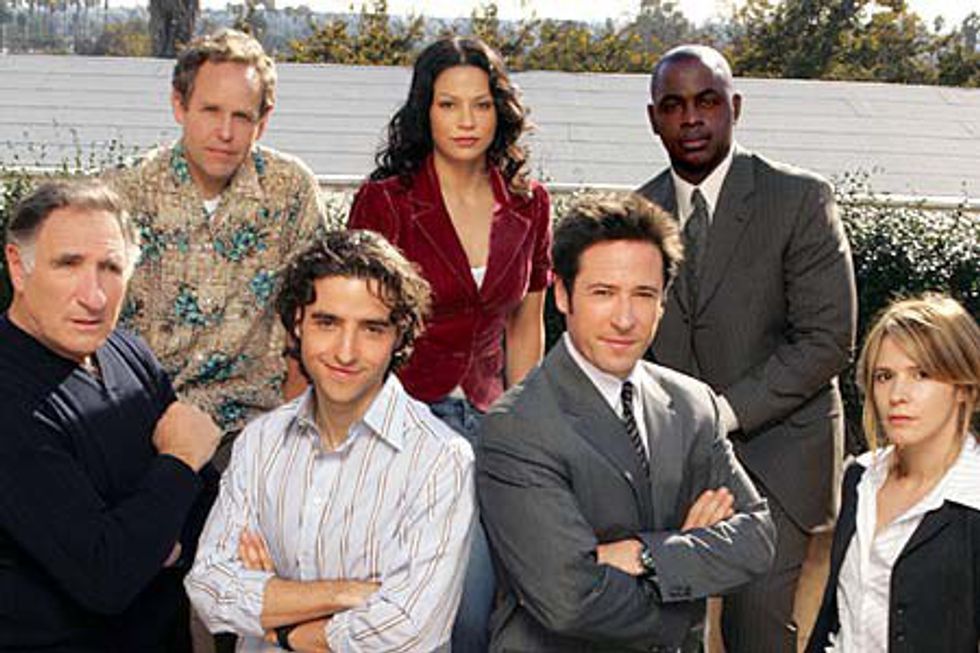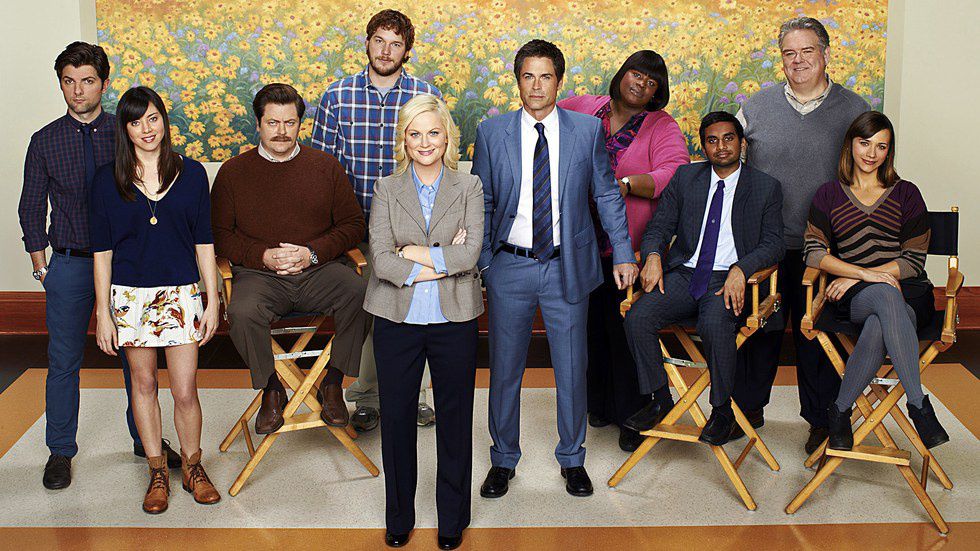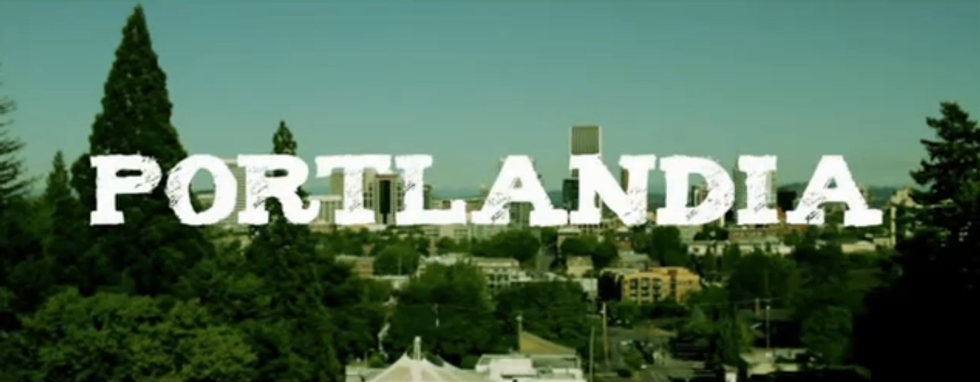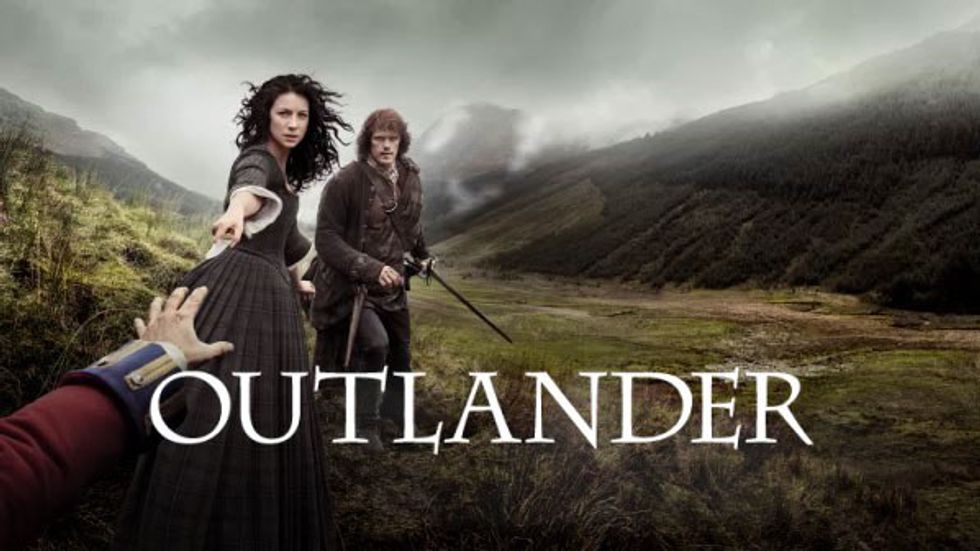Imagine a medieval city. No, a bigger city than that. Think of a metropolis that is home to as many as 40,000 people. It sprawls along the banks of a small tributary to a mighty river, along which trade flows like water. This city is the cultural hub for a people spread across hundreds of miles of the surrounding landscape. It is a beacon of religion, government, and society.
Now none of this might surprise you. What I’ve described could be anywhere ‘medieval’. Is it London? Milan? Paris? Daresay could it even be Novgorod? All of these places are good candidates, but on the wrong continent.
The city we know of today as Cahokia was the largest city in North America until its record was broken in the 1780s by Philadelphia, some four hundred years after the old city’s decline. It rivalled the great metropolises of the Aztec, Inca, and Maya, but lay more than 1,300 miles north. Situated along the Mississippi river in what is now Southern Illinois, Cahokia was first settled in around 600 CE during what historians refer to as the Late Woodland Period. The first evidence of large-scale organization and government came around three hundred years later during the dawn of the Mississippian Culture Period.
The Mississippian culture built mounds, you see. That doesn’t seem very impressive, at first glance, but mound-building in Native American societies is a key identifying sign of intensive organization and culture. The mounds were often ceremonial in function, made in the images of animals or geometric shapes. Arguably the most famous examples are the Great Serpent Mound and the awe-inspiring Newark Earthworks, the latter of which served as a celestial calendar like Stonehenge. Remember that architecture and construction have, throughout history, been easier in the old world than in the new. People in Asia, Africa, and Europe had incredible, world-changing tools at their fingertips; work animals like donkeys, horses, and oxen, and the wheel. Without strong draft animals, the wheel has little obvious uses. As a result, every Native American earthwork and edifice was built by hand. Dirt for mounds would be carried to the site in baskets and shaped into structures by hand tools. With that in mind, it may interest you to know that Cahokia, the largest and most influential settlement of the Mississippian Culture, was host to over one hundred and twenty mounds, and is still home to the largest Native American earthwork in history.
The pyramid we now call Monks Mound towered at the heart of the city. The massive, earthen slope is one of the few structures remaining today, having withstood the test of time due to its sheer size. In 1988 its size was calculated to around 100 feet tall, 955 feet long, and 775 feet wide. This is roughly equal at the base to the Great Pyramid at Giza, but made of basket-hauled soil and clay without the aid of draft animals. Built between 900 and 1100 CE, the Mound presided over Cahokia’s golden age, and by studying it we can follow the decline of the city.
Because of its composition and flat-topped nature, Monks Mound retains rainwater. This causes parts of the mound to slump over time, something the inhabitants of the city almost certainly experienced. The slumping was already underway when a final addition was made, a lower terrace at the south end, and it’s possible that this addition was intended to combat the ongoing slide of soil and clay. The addition was made around 1200 CE, just as the largest slumping began. The western half of the summit sank, bringing with it the west end of the large wooden structure that crested the top. With the mound decaying, it lost its ceremonial importance and parts of it became a garbage dump. This time is generally accepted to be the beginning of the end for the great city.
There’s no solid consensus on the cause or causes of the city’s decline, but evidence still hints at the city’s fate. Although Monks Mound was surrounded by a wooden wall with watchtowers, nothing that indicates a violent end in war or invasion has been found. Rather, most evidence points to a gradual decline as a result of over-hunting, deforestation, or poor waste management robbing the city of drinking water. Diseases, too, could have had a terrible effect on Cahokia’s dense, urban population. Perhaps the final nail in the city’s coffin, sediment analysis from a nearby lake indicates two major floods occurred during the city’s decline. The site was finally abandoned sometime around 1300 CE, and was never reoccupied by local tribes.
To me, Cahokia represents the stolen futures of the American Continents. When Europeans truly arrived in force in the early 1500s, flourishing civilizations existed in Central and South America. Contrary to the common perception, I think, the great Empires of the Aztec and Inca were relatively young. The Aztec Empire came into existence in 1428, with the Inca civilization rising independently ten years later. Perhaps something similar could have happened in the north, as evidenced by the formation of the Iroquois Confederacy between 1142 and 1450. Unfortunately, the vast potential of Native American civilization was snuffed out by the timely arrival of Europeans. Cahokia is, to me, one of the greatest icons of what could have been.













































